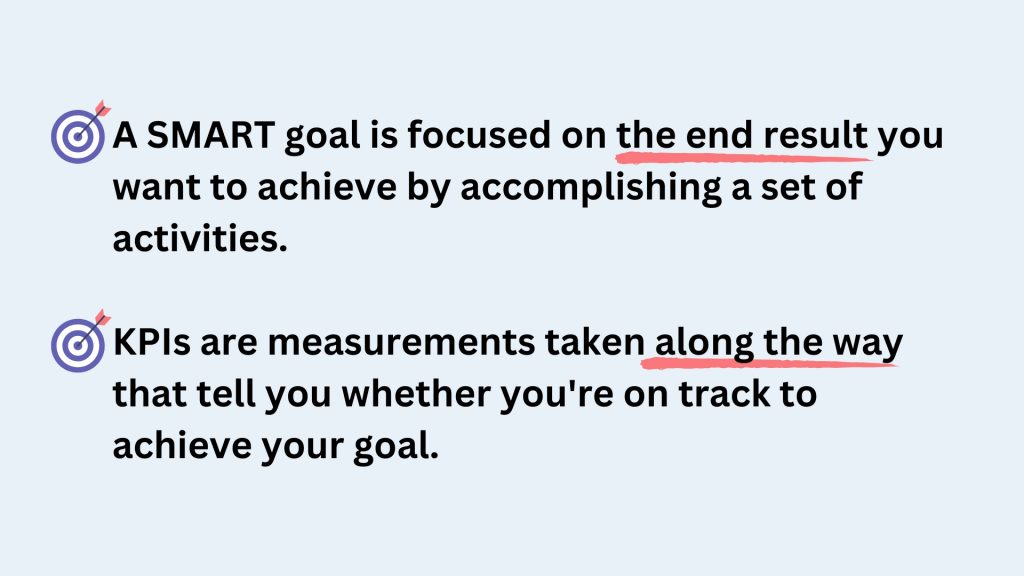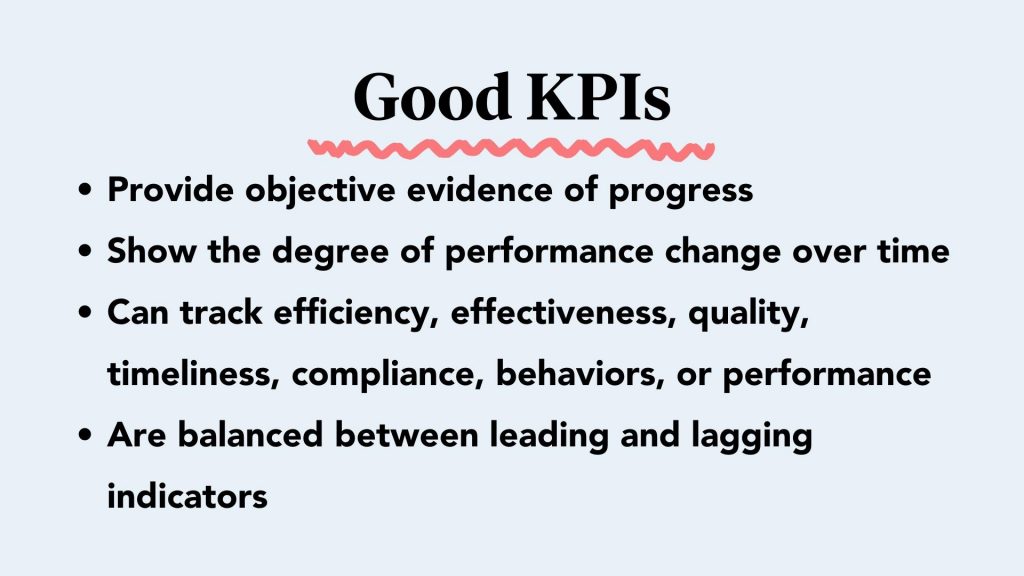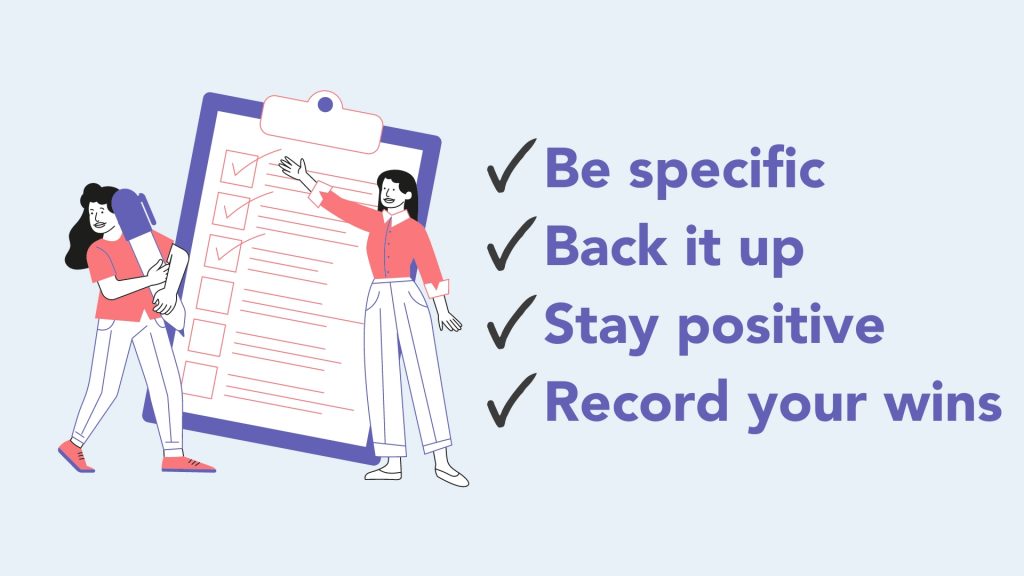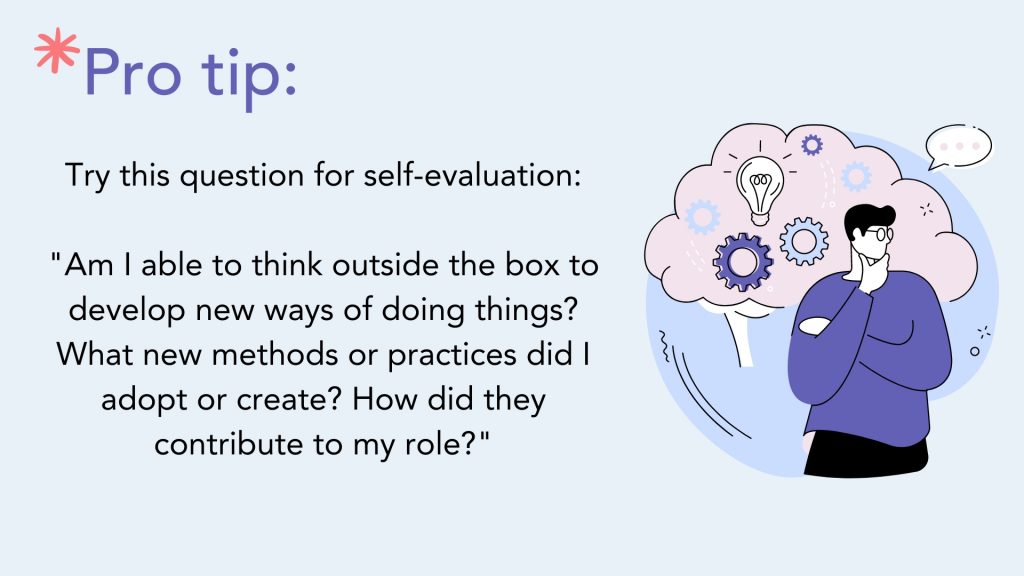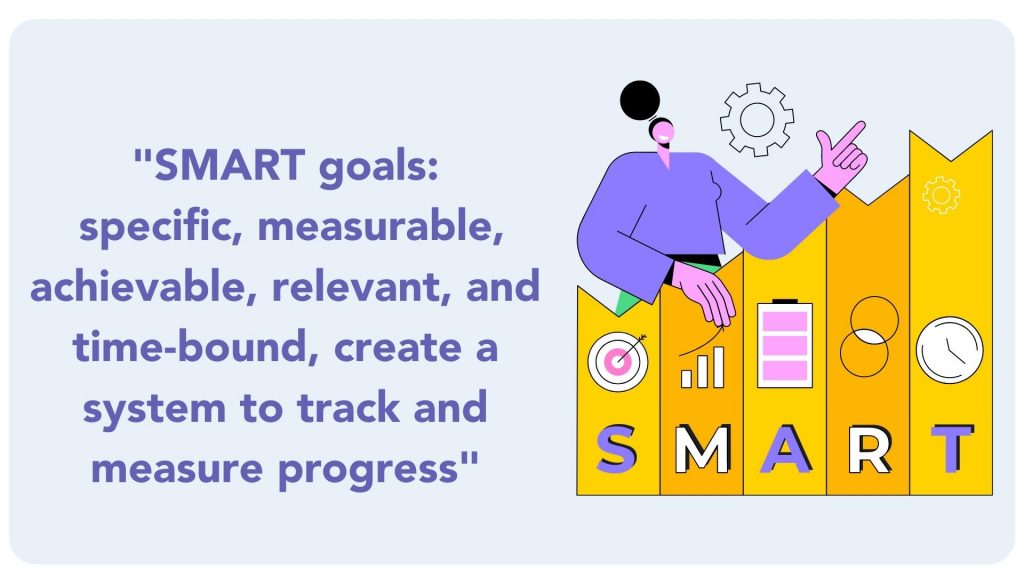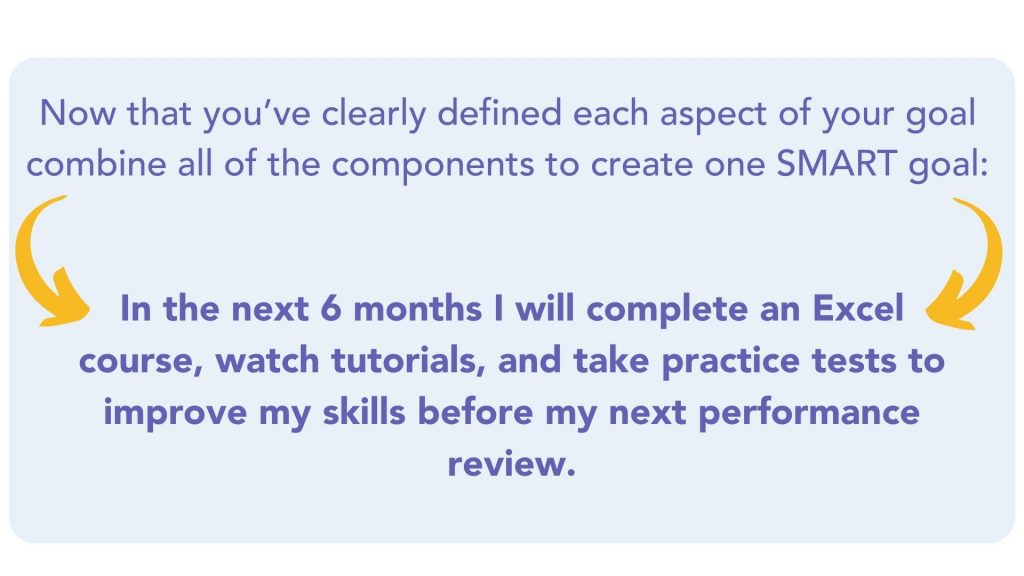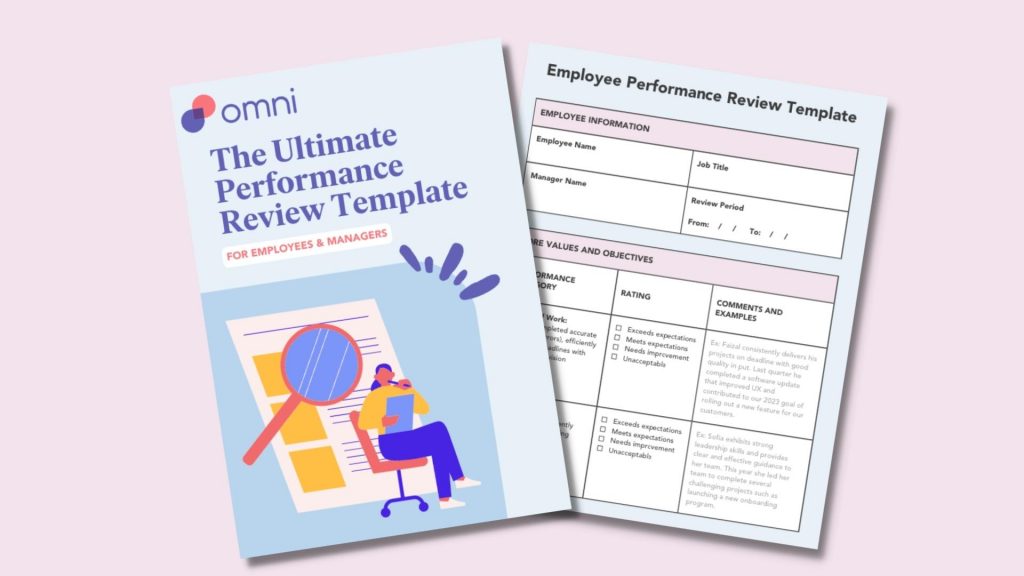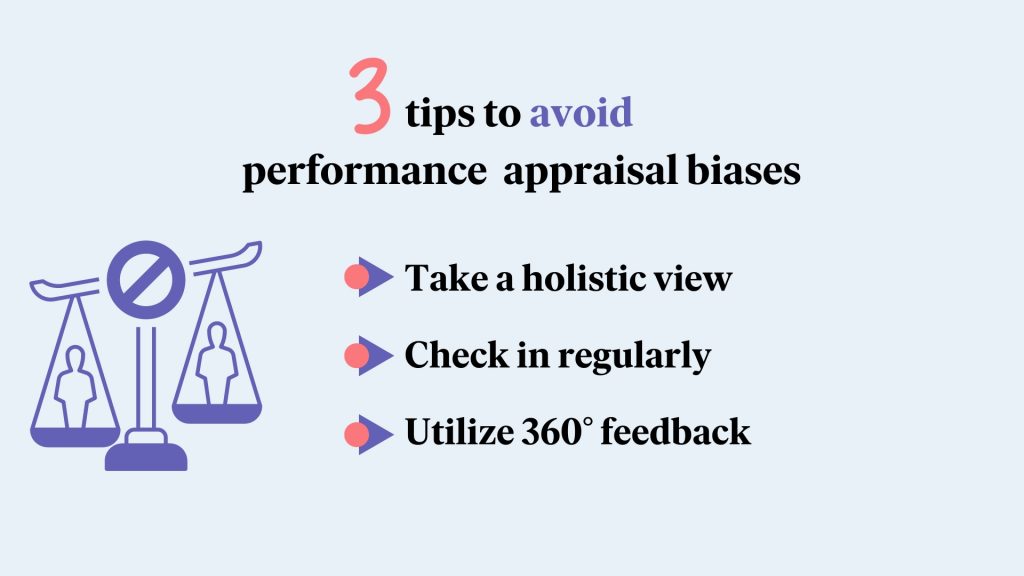It’s impossible to overstate the value of a properly motivated and engaged employee. Yes, productivity is a huge benefit, as is the quality of work they produce.
But there’s even more to it — if you know how to motivate employees properly, it will improve their quality of life, boost employee morale, enhance job satisfaction, and dramatically increase their retention.
Of course, like any workplace undertaking, truly motivating employees on your team can be easier said than done.
As a manager it’s up to you to balance the business needs with employee performance and the tasks your employees perform.
You need to get creative within the confines of a work setting so that your employees feel the impact of their work, receive proper stimulation and employee feedback, and ultimately feel they’re growing as part of your team. And making this a daily priority among your competing priorities is a challenge.
But it’s well worth it – motivated employees will boost the wellness of your company culture, team, and the business goals you’re pursuing.
What Drives Employee Motivation and Engagement?
Before you can motivate your employees, you need to understand what’s contributing to their engagement.
And we’ll get the obvious one out of the way — yes, financial incentives are a factor. A properly compensated person is far easier to motivate. But many managers underestimate the intrinsic factors that also contribute to employee engagement.
A survey conducted by TINYpulse of over 200,000 employees found the top drivers of motivation were:
- Camaraderie and peer motivation (20%)
- Intrinsic desire to do a good job (17%)
- Feeling encouraged and recognized (13%)
- Having a real impact (10%)
- Growing professionally (8%)
As a manager, you can play a major role in shaping a workplace environment that encourages engaged employees.
By setting the tone and providing opportunities for workers to feel part of a team, you can amplify the intrinsic factors that contribute to highly motivated employees. Here, we’ll unpack the steps you need to take to get started.
8 Data-Backed Tips For How to Motivate Employees
1. Set clear expectations
Your employees need to know what’s expected of them to perform their job effectively.
As a manager, it’s your responsibility to offer clarity about what’s needed from your team. This includes well-defined roles, responsibilities, and performance expectations.
Taking the time to periodically review these with your employees will ensure everyone knows exactly what’s expected of them and what they need to do to meet those expectations, as well as make any course corrections necessary to hit their targets.
Another benefit of clear expectations is that they can also help reduce confusion and conflict within the workplace.
When everyone’s on the same page, there’s less room for miscommunication or misunderstandings. We know that camaraderie is a huge factor driving engagement, so promoting a positive work environment can ultimately lead to higher levels of employee motivation.
2. Provide regular feedback
Giving constructive feedback can be one of the more challenging tasks you will undertake as a manager. Everyone responds differently to constructive criticism, so your feedback needs to be delivered in such a way that your employee can openly receive the message, helping you achieve your desired impact.
Even though delivering it can be tough, feedback is essential for growth and development. It will help your employees understand what they are doing well and where they need to improve.
It’s important that you provide regular feedback to your team members – while it can be done through regular performance reviews, taking time to do it in less formal settings like a weekly 1-on-1 meeting can prevent things from piling up, and making adjustments as soon as they’re required. It’s also a great opportunity to celebrate wins and emphasize the good work your team has done.
When giving feedback, be sure to focus on specific behaviors and actions, rather than making general statements. Provide examples of what the employee did well and where they can improve. This will help to ensure that the feedback is constructive and actionable, rather than “feedback for the sake of feedback.”

3. Offer training and development opportunities
The data makes it clear – employees want to feel like they are growing and developing in their roles. In fact, according to research done by Lorman Training, 74% of surveyed employees feel they aren’t reaching their full potential at work due to lack of development opportunities. Helping your team feel they’re reaching their full potential will be a major step towards motivation.
To meet this need, it’s important you’re providing training and development opportunities for your team. This can include both formal training programs and informal learning opportunities.
By investing in your employees’ development, you are showing them that you value their growth and are committed to helping them succeed. This can help to increase employee motivation and engagement, as they’ll feel more invested in their role and the organization as a whole when they see that you are investing in them.
4. Recognize and reward a job well done
Employee recognition is a huge factor and one of the easiest steps you can take to motivate your team. Employees want to feel appreciated and recognized for their hard work.
Recognizing and rewarding a job well done goes a long way to boosting employee motivation and engagement. It can be as simple as a verbal thank you or a written note of appreciation, done in a one-on-one setting, or at a smaller meeting in front of your immediate team.
For more significant achievements, consider offering rewards such as bonuses, extra time off, or larger public recognition.
By properly acknowledging your employees’ hard work and contributions, you are reinforcing positive behaviors and encouraging them to continue performing at a high level, all while increasing their job satisfaction.
5. Foster a positive work environment
It’s not just the kind of work that needs to be done, it’s where and how it’s done that affects the end result. Your work environment plays a major role in holistic employee motivation and engagement.
When a work environment is positive, and provides a fulfilling day-to-day experience, it boosts employee morale and fosters a sense of community within the workplace — remember, camaraderie is at the top of the heap in terms of employee engagement.
To achieve this positive work environment, it’s your job to be proactive. You can schedule dedicated events such as team-building activities, social events, and open communication channels.
It’s important to consult your team to see what they consider a worthwhile activity — no one likes “forced fun” and any event that feels like it takes away from valuable time can have the opposite effect you intend.
By consulting your employees and getting their input, you’ll be able to demonstrate your vested interest in what they think, developing those open communication channels while building a culture of camaraderie.
By creating a positive work environment, you’re also helping to reduce stress and burnout among your employees. This will ultimately lead to higher levels of employee motivation and engagement, as your team will feel supported and valued by you, and the organization they work for.
6. Encourage collaboration
Collaboration is perhaps the single most essential component of a successful team.
Encouraging collaboration can help to build stronger relationships among team members and develop a sense of unity within the workplace. Find opportunities to work on team projects, build cross-functional teams, and offer shared workspaces. Additionally, encouraging multiple perspectives on the same task will lead to a better, more thorough, and well-thought-out end product.
By encouraging collaboration, you’re also helping to build a sense of ownership among your employees. When employees feel that they are part of a team and that their contributions are valued, they’re far more likely to be motivated and engaged in their work.
7. Include employees in goal setting
Everyone wants a sense of agency in what they’re doing – it’s human nature. That means your employees want to feel that they have a say in the direction of the company. While you can’t give them a seat on the board, including employees in goal setting can help to achieve a sense of agency.
When you involve employees in the goal-setting process, you are not only creating a sense of ownership and accountability but also helping to align their personal goals with those of the organization.
One excellent technique to help employees with this process is by encouraging employees to create SMART goals — specific, measurable, achievable, relevant, and time-bound goals that are challenging yet attainable.
Setting SMART goals can differ significantly depending on the nature of your team (marketing teams and engineers will need tailored approaches), so be sure to tie SMART goals to the individual objectives of the employee’s role as well as tie back to the overall business goals.
By involving employees in the goal-setting process, you are also developing a sense of empowerment, which is a key factor impacting employee engagement on your team.
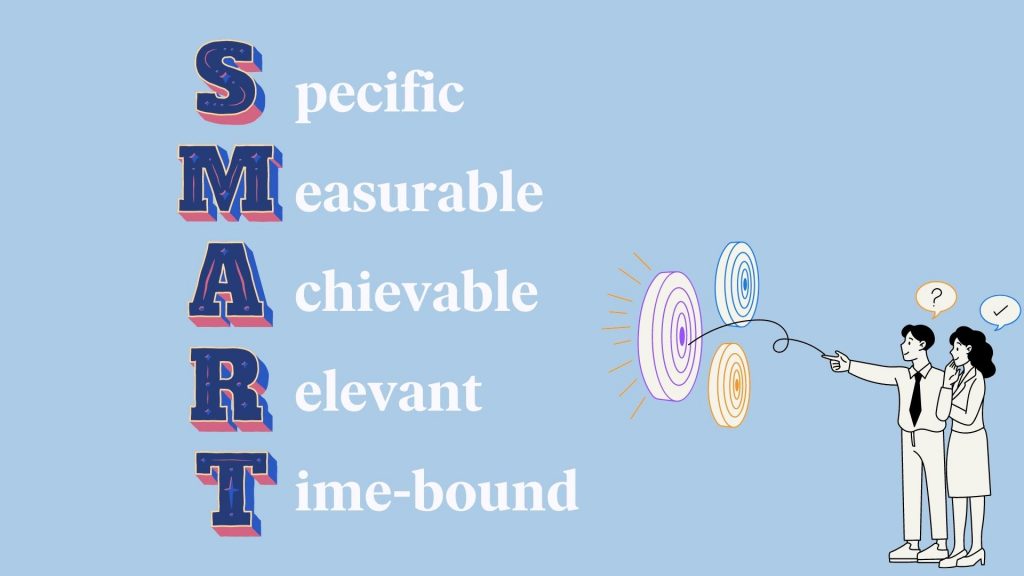
8. Lead by example
As a manager, you are a role model for your team, and that’s a big responsibility. Leading by example is essential for motivating and engaging your employees.
Leading by example is a great example of how managers can help low-performing employees. In fact, 86% of employees attain job satisfaction if they have a good relationship with their management team. Being a leader they can look up to will boost morale and have a positive impact on overall employee well-being.
You can achieve this by demonstrating positive behaviors such as being punctual, communicating effectively, and treating others with respect. You set the tone for the environment you value, and this is something your team will take note of.
When you lead by example, you are not only encouraging your team to emulate your behavior but also reinforcing your organization’s values and culture. This will create a cohesive team and a positive work environment, while also developing your own reputation as a manager who can earn the trust of your team, keep employees motivated, and ultimately get things done.
Benefits of Having a Motivated Workforce
A motivated and engaged employee is a happy employee. And while wellness is great on a humanitarian level, it is also extremely valuable to your organization. A motivated workforce has a slew of benefits for the overall success of an organization and makes your company a great place to work.
Increased productivity
People work harder when they are engaged in what they do. Motivated employees are more productive, as they have a deeper commitment to the work they do. This boosts overall productivity and efficiency, something all organizations strive for.
Higher retention
Anyone who’s worked in recruiting knows the value of retaining talented employees. The hiring process can be wildly expensive, and training a new employee is time-consuming.
That’s why motivation is so key –– motivated employees are more likely to stay with the organization for a significantly longer period. This helps to reduce turnover and associated costs, such as recruitment and training.
Greater creativity and teamwork
If you’ve achieved a culture of high employee engagement, your workforce is more likely to share ideas and collaborate with their colleagues. Building an environment that encourages creativity and innovation is extremely important for an organization looking to stay ahead of the curve.
Improve Your Employee Engagement With Omni
In a fast-paced and dynamic environment, rife with competitors looking to poach top talent, finding ways to keep employees engaged and motivated should be at the top of your priorities. Omni gives you the tools and resources you need to build a well-organized, engaged workforce.
Omni streamlines your employee management processes, automates time-consuming and repetitive tasks, and frees up your valuable time and energy so you can focus on what really matters — strategically engaging and nurturing your team.
With Omni, you can say goodbye to manual data entry, paperwork, and disorganized spreadsheets. Our digital HR hub helps you manage the entire end-to-end employee lifecycle in one, centralized location, making it easy to access and manage your employee data anytime, anywhere.
If you’re ready to improve your employee engagement and motivation, you need a tool that helps you focus on your people. And that’s exactly what Omni offers – it’s a smarter way of keeping employees motivated and managing your HR tasks.
Get in touch with us today and start reaping the benefits of a more highly motivated team.



